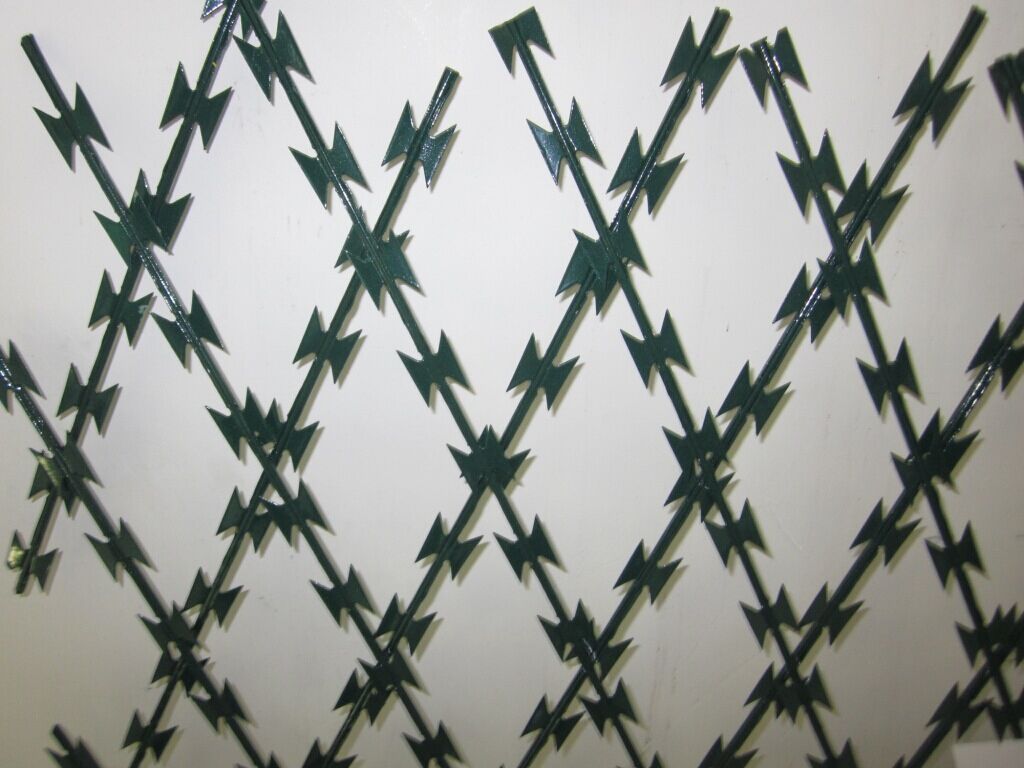 |
In view of the over-exploitation and gradual depletion of fossil energy, the directed conversion of solar energy to chemical energy has increasingly attracted widespread attention in the industry. The traditional way of using solar energy to drive chemical reaction is semiconductor-based photocatalytic technology. However, semiconductor materials do not have high catalytic activity and selectivity for many organic reactions. In response to this bottleneck problem, material chemists proposed the idea of ​​realizing organic catalytic reactions by combining the catalytic activity and optical properties of metals (ie, the localized surface plasmon properties), which is expected to replace the existing traditional thermal catalysis methods.
Recently, Xiong Yujie, a professor at the University of Science and Technology of China, has designed a unique type of metal palladium nanostructure, which has high catalytically active surface and solar energy utilization characteristics and exhibits excellent catalytic performance in light-driven organic hydrogenation reactions. The research results were published in "Applied Chemistry in Germany". The postdoctoral research fellow Dr. Long Ji and master student Rao Aluminium were the co-first authors of the dissertation.
In fact, metal palladium is a highly efficient catalyst for many organic reactions, for example, its interaction with hydrogen makes it have excellent hydrogenation reaction catalytic performance. However, the local surface plasmon properties of metallic palladium nanostructures are always unsatisfactory compared to common gold and silver. The absorption cross-section is small and the spectral range of the response is limited to the ultraviolet region, which poses great difficulties for solar energy capture and utilization. In response to this challenge, the researchers designed a class of metal palladium nanocrystals with a size of 50 nanometers and an internal concave structure. By reducing the symmetry of the structure and increasing the particle size, they can absorb light in the broad spectrum of visible light and absorb light. The photothermal effect is sufficient to provide a source of heat for the organic hydrogenation reaction.
The uniqueness of this design lies in the fact that the nano-structures at the tip and corner have superb light-gathering ability to generate localized high temperatures. At the same time, the corners and corners are also the highly active sites for the hydrogenation reaction, achieving solar energy utilization and catalytic activity in the spatial distribution. The two are one. Based on this design, the metal palladium nanostructures developed by the researchers can achieve a catalytic conversion efficiency of 70 degrees Celsius at room temperature under spectral irradiation.
This work not only technically breaks the limitation of common palladium catalysts in solar energy utilization, but also has certain scientific significance in the understanding of basic mechanisms. In order to realize the synthesis of metal palladium nanocrystals designed by the researchers, a method of cesium-ion assisted synthesis was developed. In collaboration with Professor Wu Xiaojun's team of China University of Science and Technology, the surface energy of cerium ions in the formation of palladium nanocrystals was revealed. effect. In terms of solar energy utilization, in cooperation with Li Zhiyuan, a researcher at the Institute of Physics of the Chinese Academy of Sciences, it has been theoretically revealed that the tip of the nanostructure is the optimal location for photothermal conversion by concentrating. At the same time, the surface is experimentally elucidated through thermoelectron concentration control methods. The characteristics of plasmon in this hydrogenation reaction are mainly local photothermal effects rather than hot electron injection mechanisms.
To date, plasmon-driven catalytic reactions on metallic surfaces are still a new research direction, and the competition mechanism of the photothermal effect and the thermoelectron effect in the process is still unclear in the industry. This progress not only provides the possibility of using solar energy instead of heat sources to drive organic catalytic reactions, but also plays an important role in the rational design of plasmon catalytic materials.
The above research work has been supported by the National Natural Science Foundation of China, the National Specialized Research Fund for Doctoral Programs in Colleges and Universities, the National Youth Plan for Thousands, the 100-person Plan of the Chinese Academy of Sciences, and school-related projects.
Razor barbed wire, also called as the razor stinging, razor wire, is a new type of Fence.
Razor barbed wire with beautiful, economical and practical,good prevention effect, convenient construction and other excellent characteristics. It
can be made into different crossed type in different diameter and widely used in
high wall Or bounding wall, it has good effect on insulating and protecting.


Common Specifications
Barbed wire is always shipped in coil of 100m, 200m or longer. The following table indicates the approximate weight info of different barbs distance.
|
Gauge of |
Approximate Length per KGS in Meter |
|||
|
Strand and Barb in B.W.G. |
Barbs Spacing 3" |
Barbs Spacing 4" |
Barbs Spacing 5" |
Barbs Spacing 6" |
|
12 × 12 |
6.0617 |
6.759 |
7.27 |
7.6376 |
|
12 × 14 |
7.3335 |
7.9051 |
8.3015 |
8.5741 |
|
12-1/2 × 12-1/2 |
6.9223 |
7.719 |
8.3022 |
8.7221 |
|
12-1/2 × 14 |
8.1096 |
8.814 |
9.2242 |
9.562 |
|
13 × 13 |
7.9808 |
8.899 |
9.5721 |
10.0553 |
|
13 × 14 |
8.8448 |
9.6899 |
10.2923 |
10.7146 |
|
13-1/2 × 14 |
9.6079 |
10.6134 |
11.4705 |
11.8553 |
|
14 × 14 |
10.4569 |
11.659 |
12.5423 |
13.1752 |
|
14-1/2 × 14-1/2 |
11.9875 |
13.3671 |
14.3781 |
15.1034 |
|
15 × 15 |
13.8927 |
15.4942 |
16.6666 |
17.507 |
|
15-1/2 × 15-1/2 |
15.3491 |
17.1144 |
18.406 |
19.3386 |
Razor wire looks different when the blade type is different. We have moldings of all the blade shape, including BTO-12, BTO-15, BTO-18, BTO-22, BTO-30, CBT-60 and CBT-65.
Thickness of steel trip: 0.5mm +/-0.05mm
Thickness of core wire: 2.5mm +/-0.05mm
|
Concertina Razor Wire Specifications |
||||
|
Outside Diameter |
No. of Loops |
Length per Coil |
Blade Type |
Notes |
|
450mm |
33 |
8M |
CBT-65 |
Single coil |
|
500mm |
41 |
10M |
CBT-65 |
Single coil |
|
700mm |
41 |
10M |
CBT-65 |
Single coil |
|
960mm |
53 |
13M |
CBT-65 |
Single coil |
|
450mm |
112 |
17m |
BTO-12.15.20.22 |
Cross type |
|
500mm |
102 |
16M |
BTO-12.15.20.22 |
Cross type |
|
600mm |
86 |
14M |
BTO-12.15.20.22 |
Cross type |
|
700mm |
72 |
12M |
BTO-12.15.20.22 |
Cross type |
|
800mm |
64 |
10M |
BTO-12.15.20.22 |
Cross type |
|
960mm |
52 |
9M |
BTO-12.15.20.22 |
Cross type |
Packing & Loading
Barbed is usually packed in coil with or without hand lift.
Applications:
Currently, barbed tape has been widely used by many countries in military field, prisons, detention houses, government buildings and other national security facilities. Recently years, barbed tape has apparently become the most popular high-class fencing wire for not only military and national security applications, but also for cottage and society fence, and other private buildings
Razor Barbed Wire,Conertina Wire,Barbed Wire Fence
Anping Enzar Metal Products Co.,Ltd. , https://www.enzarmetal.com